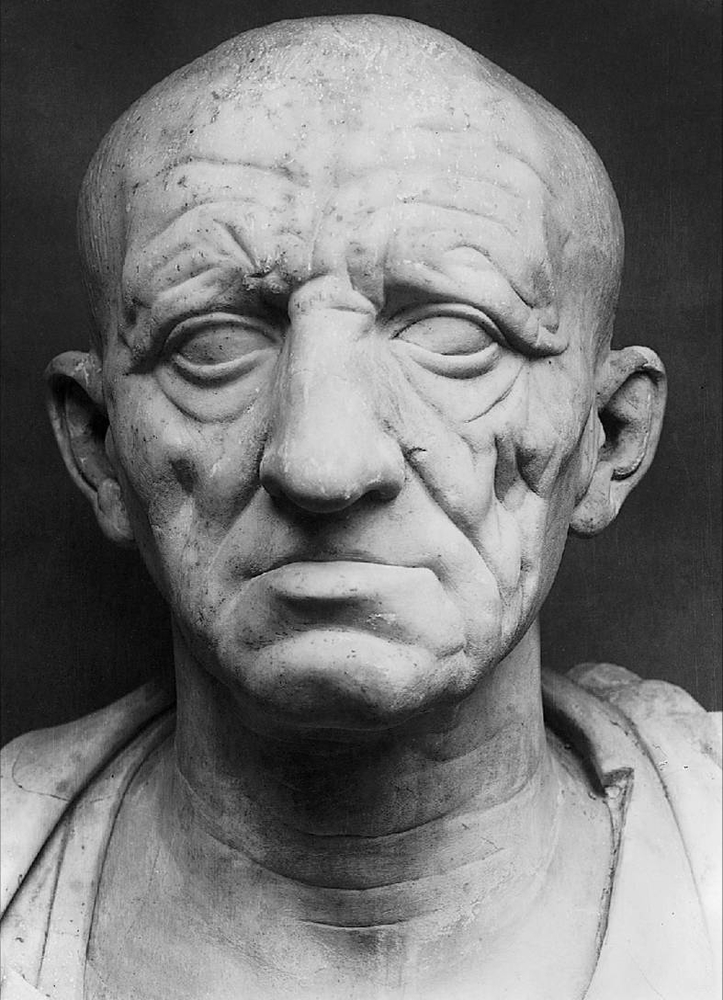More about Mauritshuis
- All
- Info
- Shop

Contributor
The present day museum was built by Prince Johan Maurits van Nassau (JM) in the mid 1630's as his private property in the very heart of The Hague, then, as now, the political heart of the Netherlands.
It is a mini-palace built in the classical style with an intimate atmosphere inside, the wooden paneling ideal for showing some of the highlights of Dutch Golden Age painting.
JM was basically a soldier, during his younger years fighting in the struggle for independence from Spain. He was a close relative of Prince William of Orange, the “Father” of the 80-Year War against foreign rule.
During his fighting days he proved not only his military talents but also his gifts as an organiser and leader with a humanistic streak well ahead of his rather brutal time, and to top it all off, he had a great interest in science and art.
His multi-facetted personality came to the fore when he was recruited in 1636, at the age of 33, by the West Indie Company to be their Governor in north-eastern Brazil. The WIC was an international trading company that had their eye on the Portuguese colony around Pernambuco. A thriving and lucrative cane sugar industry had been developed there and the WIC wanted it.
After landing in this virtually unknown part of the world with his soldiers, scientists, and painters, JM quickly pushed the Portuguese aside, and built Mauritsstad (now Recife) - a totally new Capital city complete with an orphanage, a hospital, a zoo and botanical gardens. He enforced religious freedom and befriended the Tapuya indigenous people instead of following the more traditional custom of slaughtering them. He certainly spent a lot of money doing it.
Not surprisingly, he was called back to the Netherlands in 1644 after 7 years on the job as the new colony was judged “too expensive”.
Upon his return to The Hague, possibly to demonstrate his disdain for the WIC's money men, he threw a huge party in his Mauritshuis. The highlight was a war dance performed by 6 entirely naked Tapuya tribesmen that he had brought with him from Brazil. Some Calvinistic church men present were not amused. No comments from the ladies.
JM never married, but he was far from disinterested in women. In Brazil, he initially had a Dutch mistress, which he later exchanged for an extremely wealthy and attractive wife of a Portuguese sugar tycoon. Later, back in Europe, he had a long lasting affair with Amalia van Solms, the widow of Frederik Henderik, holder of the highest office in the land.
JM died in 1679 after another 35 years of holding a number of high ranking positions, mainly in today's Germany. He was an exceptionally gifted man, and left an exceptional mark on the world of his time.
PS: after JM's death, the Mauritshuis (by then also known as the Suyckerhuys or Sugarhouse) was sold to a rich merchant. In 1704, a fire destroyed the interior made of the precious Brazil wood brought by JM to Europe from his mission in the New World. The building was restored and acquired by the State in 1820 for use as a museum.
Featured Content
Here is what Wikipedia says about Mauritshuis
The Mauritshuis (
Dutch pronunciation: [ˈmʌurɪtsˌɦœys],
The Hague dialect: [ˈmɑːʁɪtsˌɦœːs]; lit. 'Maurice House') is an art museum in The Hague, Netherlands. The museum houses the Royal Cabinet of Paintings which consists of 854 objects, mostly Dutch Golden Age paintings. The collection contains works by Johannes Vermeer, Rembrandt van Rijn, Jan Steen, Paulus Potter, Frans Hals, Jacob van Ruisdael, Hans Holbein the Younger, and others. Originally, the 17th-century building was the residence of Count John Maurice of Nassau. The building is now the property of the government of the Netherlands and is listed in the top 100 Dutch heritage sites.
Check out the full Wikipedia article about Mauritshuis















